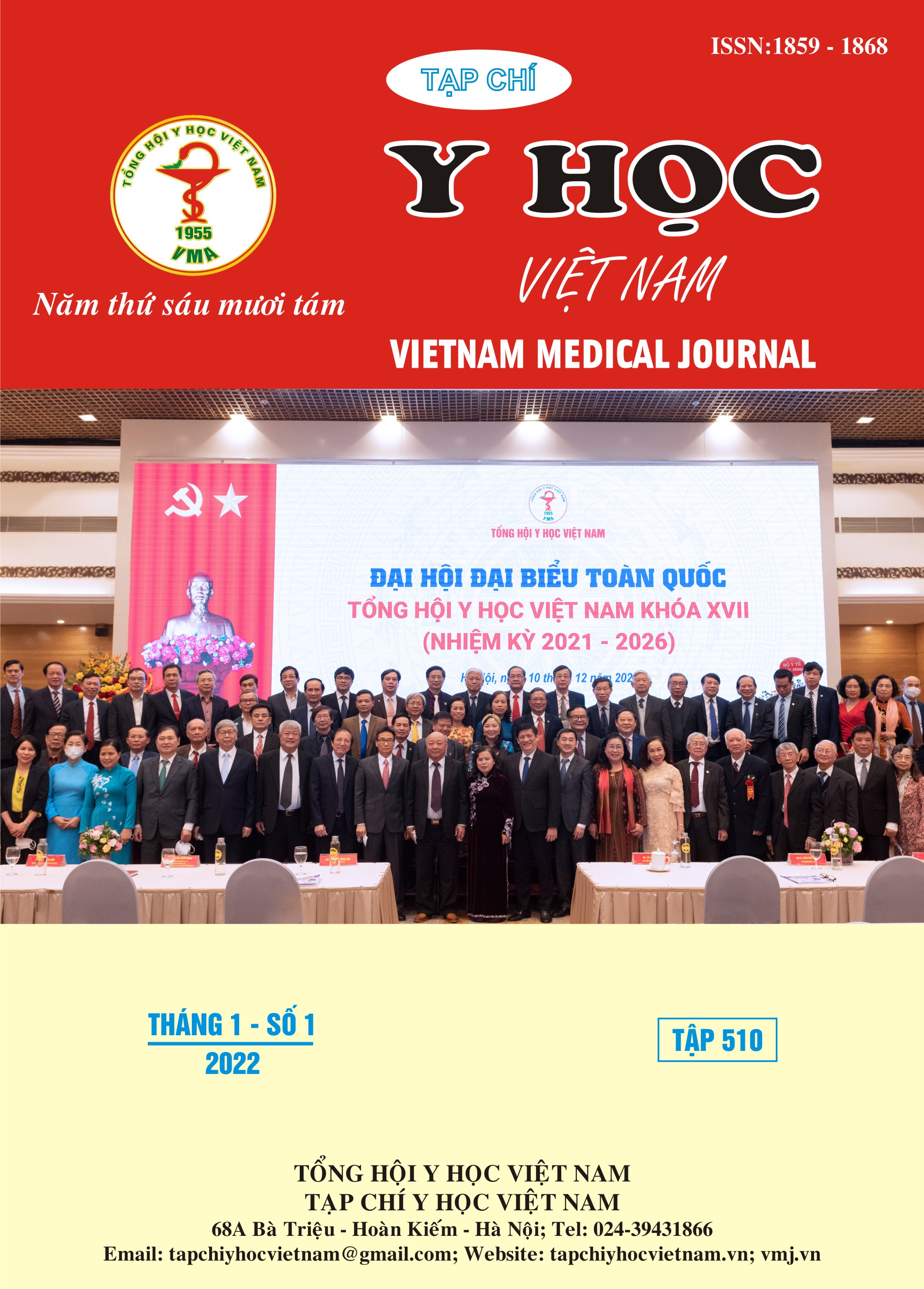EVALUATING OUTCOMES OF ORAL HEALTH CARE FOR PREOPERATIVE PATIENTS WITH MAXILLO-FACIAL TRAUMA
Main Article Content
Abstract
Introduction: In patients with maxillo-facial trauma, since the anatomical structure of maxillo-facial region directly related to the oral cavity, the risk of infection is high, making it more difficult to treat. The oral health care for preoperative patients with maxillo-facial trauma needs to be treated to minimize oral sore and the risk of infection, as well as to enhance treatment efficiency. Materials and methods: A descriptive progressive study was conducted on 627 patients with maxilla-facial trauma patient in Odonto-Stomatology Center, Hue Central Hospital from January 2020 to October 2020. Results: Average age group of patients was 18-39 years old (51.2%), of which 414 males (66%) and 213 females (34%). The traffic accidents were the most common causes of maxilla-facial trauma (82.5%). Common clinical symptoms included pain (71.3%), swelling (68.9%), limitation of mouth opening (67%), face deformation (49.8%) and bleeding (35.9%). The most commonly used oral health care methods consisted of oral hygiene instructions (100%), scrape tartar (92.2%), and the use of diode laser in periodontitis treatment (72.9%). Our study showed that the treatment outcomes were good (95.9%) and fairly good (4.1%) (p<0.05). Conclusion: Maxillo-facial trauma patients before operating need to be treated by proper oral health care methods to reach better treatment outcomes, and as well as improve satisfaction of patients.
Article Details
Keywords
oral health care, maxillo-facial trauma
References
2. Trịnh Hồng Mỹ, Nguyễn Bắc Hùng (2004), “Tình hình chấn thương hàm mặt do tai nạn giao thông được điều trị tại khoa Răng Hàm Mặt Bệnh viện Bạch Mai trong hai năm 2002-2003”, Hội nghị Khoa học chuyên ngành Răng Hàm Mặt và Tạo hình toàn quân, Y học Việt Nam số đặc biệt, tháng 10/2004, tr. 47-55.
3. Alfood BR (2005), “Facial fractures”, Emergencies in Otolaryngology-Head and Neck Surgery, Department of Otorhinolaryngology and Communicative Sciences, Baylor College of Medicine.
4. Kretlow JD, McKnight Ạ, Izaddoost SA et al (2010), “Facial Soft Tissue Trauma”, Semin Plast Surg, 24(4), p.348–356.
5. Usha GV (2016) “Role of nutrition in oral and maxillofacial surgery patients”, Natl J Maxillofac Surg, 7(1), p. 3-9.
6. Phan Thị Dung, Bùi Mỹ Hạnh, Nguyễn Đức Chính (2016), “Kiến thức, thực hành của điều dưỡng về chăm sóc vết thương và một số yếu tố liên quan”, Tạp chí nghiên cứu y học, Trường Đại học Y Hà nội, 100(2), tr.189-195.
7. Nguyễn Duy Thăng và cộng sự (2020),“ Nghiên cứu kết quả điều trị viêm nướu có hỗ trợ laser diode trên bệnh nhân hemophilia”, Tạp Chí Y Học Lâm Sàng, Bệnh viện Trung ương Huế, 59, tr. 32-36.


